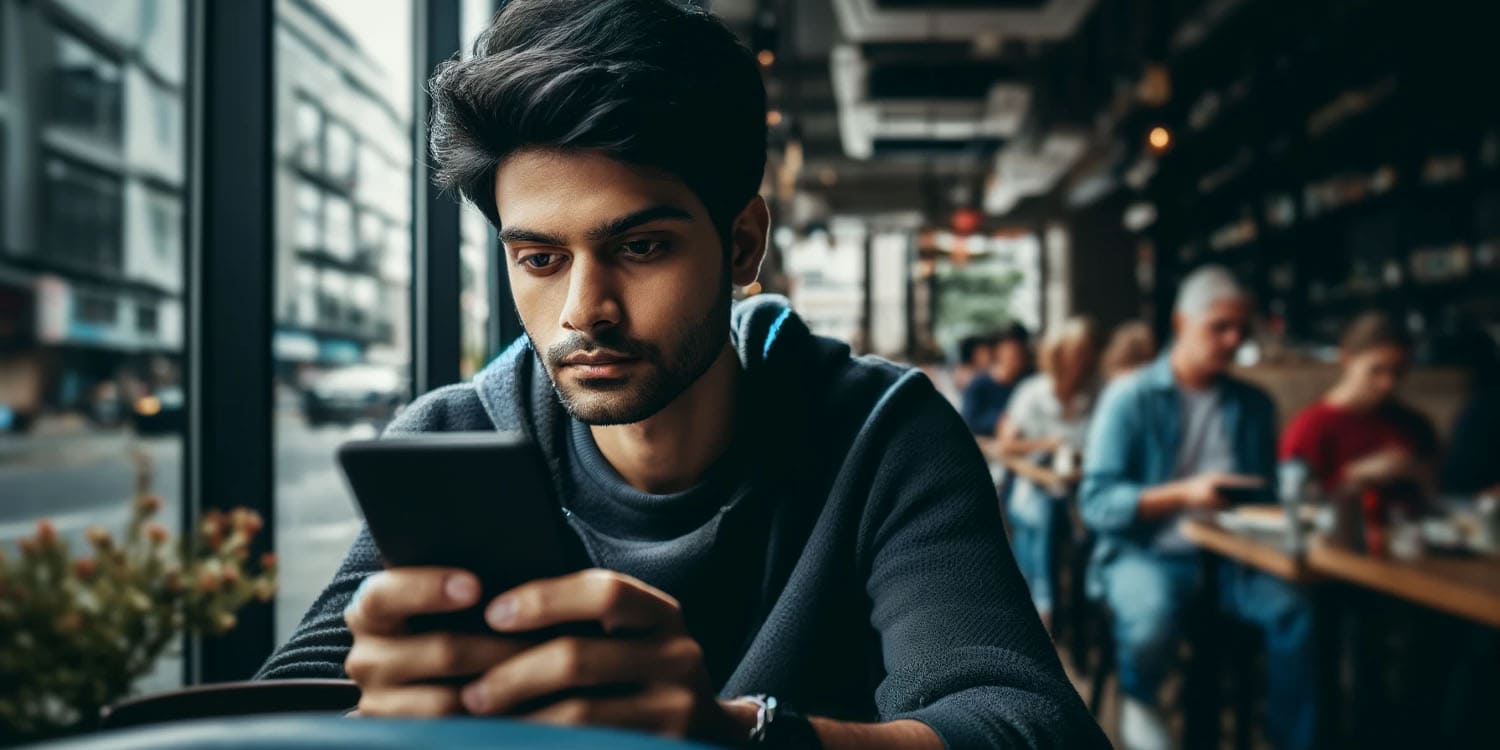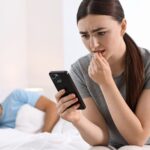In a world where smartphones have become essential to daily life, a recent study published in the Archives of Psychiatric Nursing highlights a modern-day anxiety — nomophobia, the fear of being without a mobile phone. The study found that young adults who experience higher levels of social appearance anxiety and loneliness are more likely to suffer from nomophobia.
Smartphones offer numerous conveniences, from easy communication and access to information to entertainment and social networking. However, the pervasive use of smartphones has led to the emergence of nomophobia. Researchers wanted to understand the underlying psychosocial factors contributing to this anxiety.
Conducted between June and August 2021, the research involved 687 participants aged 20 to 40 living in Turkey. Participants were selected using convenience sampling, and those with psychiatric conditions were excluded to ensure the study focused on general psychosocial factors.
Data collection was conducted online through a structured questionnaire. The questionnaire included demographic questions and detailed inquiries about smartphone usage. The primary tools used were the Nomophobia Scale, the Social Appearance Anxiety Scale (SAAS), and the Social and Emotional Loneliness Scale for Adults (SELSA-S).
The Nomophobia Scale measures the severity of nomophobia on a scale from 20 to 140. The SAAS assesses anxiety related to one’s appearance, while the SELSA-S evaluates feelings of social and emotional loneliness. The questionnaire was designed to be completed in 10 to 15 minutes, ensuring it was thorough yet accessible.
The study’s findings revealed that young adults had a moderate level of nomophobia, with an average score of 73.76 on the Nomophobia Scale. Social appearance anxiety emerged as a significant predictor of nomophobia. Participants with higher levels of anxiety about their appearance were more likely to experience greater fear and discomfort when separated from their smartphones. This finding suggests that individuals who are self-conscious about their appearance might rely on their phones as a means of social connection and reassurance.
In terms of loneliness, the results were more nuanced. While social loneliness did not show a significant direct relationship with nomophobia, emotional loneliness, particularly in the romantic context, did. Participants who felt isolated in their romantic relationships had higher scores for romantic emotional loneliness. This subgroup appeared to use their smartphones as a way to alleviate their feelings of isolation, which in turn heightened their nomophobia. Interestingly, no significant relationship was found between familial emotional loneliness and nomophobia, indicating that romantic contexts might uniquely influence this modern anxiety.
The study also employed multiple linear regression analysis to predict nomophobia levels. This analysis revealed that social appearance anxiety and social and emotional loneliness collectively explained 8% of the variance in nomophobia levels. While social appearance anxiety positively predicted nomophobia, indicating that as appearance-related anxiety increased, so did nomophobia, social and emotional loneliness had a more complex relationship. Emotional loneliness predicted nomophobia negatively, suggesting that those who are lonely might use their phones to bridge social gaps, thereby increasing their reliance on the device and their fear of being without it.
These findings highlight the interplay between smartphone dependency and psychosocial factors. The study suggests that interventions aimed at reducing social appearance anxiety and addressing emotional loneliness could potentially mitigate nomophobia. For instance, mental health professionals might consider incorporating strategies to boost self-esteem and improve social skills in their treatment plans, helping individuals become less dependent on their smartphones for emotional support and social connection.
The study, “The effect of social appearance anxiety and loneliness on nomophobia levels of young adults,” was authored by Büşra Altınel, Arzu Koçak Uyaroğlu, and Emine Ergin.




